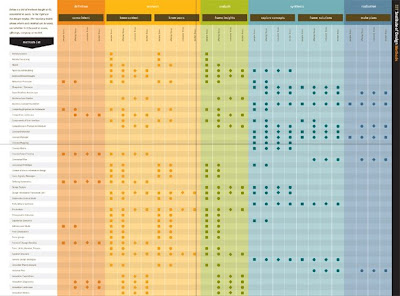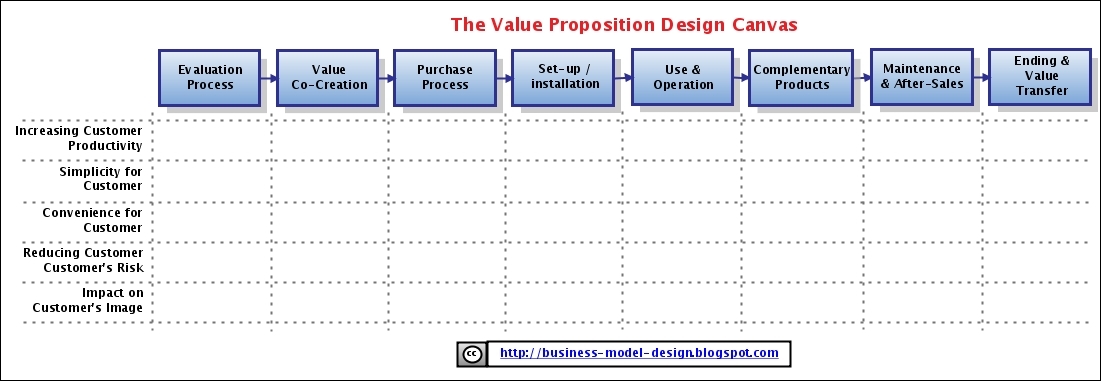1. "Design Champions" such as, Raymond Loewy, Walter Dorwing Teague, George Nelson, Charles Ray Eames, Philips Stark, Michael Graves, Dieter Rams, Bill Stumpf & Don Chadwick, Jonathan Ives, etc.
2. "Champions of Design" such as, Akio Morita of Sony, Steve Jobs of Apple, Jan Timmer of Philips, Rolf Fahlbaum of Vitra, Sam Farber of OXO, the De Pree's of Herman Miller, A.G Lafley of P&G, and leaders at Canon, B&O, Samsung and other outstanding international companies.
3. Qualities and Characteristics that nurture the special relationship between designers and business executives..."The fertile ground"
4. Difference between Design Leadership and Design Management:
Leadership:
- Uncertainty
- Complexity/Change
- Instability
- Future Orientation
- Initiation
- Direction Setting
- Leadership of People
- Concepts & Intellectual Resources
- Collaboration
- Vision & Inspiration
- Pro-Active
- Knowledge Creation
- Effectiveness
- Certainty
- Predictability/Order
- Stability
- Present Situation
- Administration
- Problem-Solving
- Management of Things
- Financial, Technical, Time Resources
- Coordination
- Control & Organization
- Re-Active
- Knowledge Application
- Efficiency
"Design Management" is the implementation of design as a formal program of activity within a corporation by communicating the relevance of design to long term corporate goals and coordinating design resources at all levels of corporate activity to achieve the objectives of the corporation.
5. Integration of design as a strategic element and a core competency in a corporation by developing a highly professional pool of talents. To strengthen the concept of design leadership into all the corporate funtions, from product development to communications and marketing. To develop a broad based environment for design awareness that encompasses both business people and the general public.
DESIGN LEADERSHIP
The collaboration between "Design Champions" (Designers) and "Champins of Design" (Corporate Leaders) who support design to achieve strategic corporate goals is the coin of value today. What are the qualities, the characteristics that nurture the special relationship between designers and design leaders? Any company that wants to survive knows that it must achieve a competitive edge. Design as a strategy for competitiveness can deliver the quality advantage, the innovative edge that will be essential for survival.
Physicist Stephen Hawking states "Leadership is daring to step into the unknown" and as designers we have an opportunity to be daring in our visions for the future. Business leaders are increasingly looking to designers to invent the future, but the challenge for designers is to respond to this opportunity in ways that are humane, visionary and wise. That's what Design Leadership is all about.






